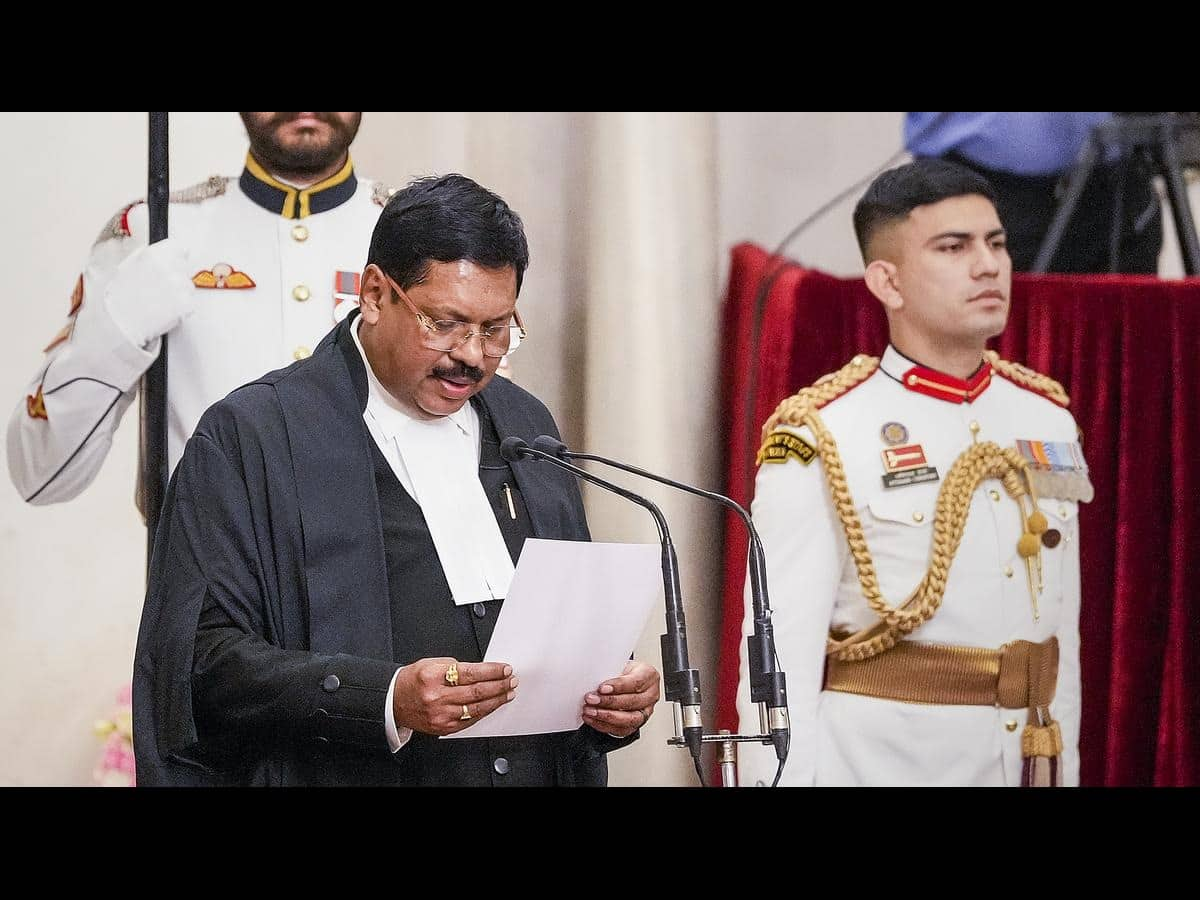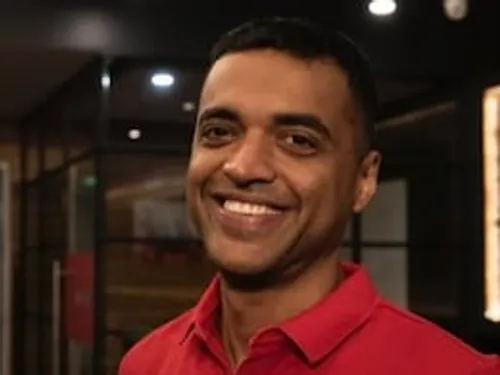Justice B R Gavai was sworn in as the 52nd Chief Justice of India (CJI) by President Droupadi Murmu on Wednesday morning, marking a historic moment as he becomes the first Buddhist to lead the Indian judiciary. His tenure will last over six months, ending on November 23, 2025.
His appointment was made under Article 124(2) of the Constitution by President Murmu, following the recommendation of the senior-most judge of the Supreme Court. The Ministry of Law and Justice issued the notification of his appointment on April 29.
Justice Gavai was elevated to the Supreme Court on May 24, 2019. Prior to that, he served in the Bombay High Court, first as an Additional Judge from November 2003 and then as a permanent judge from November 2005.
Before joining the bench, he practised constitutional and administrative law and served as Standing Counsel for the Municipal Corporations of Nagpur and Amravati, as well as for Amravati University. He also worked as Assistant Government Pleader and Additional Public Prosecutor at the Bombay High Court’s Nagpur Bench from August 1992 to July 1993. Later, on January 17, 2000, he was appointed Government Pleader and Public Prosecutor for the Nagpur Bench.
In an interaction with the media after taking charge, Justice Gavai expressed grief over the recent terror attack in Pahalgam, Jammu and Kashmir. “The Supreme Court cannot remain untouched when the country is mourning,” he said.
‘I’ll be first Buddhist CJI — that’s a proud moment for me’
Justice Gavai, son of former Bihar Governor R.S. Gavai, reflected on the personal significance of his elevation: “My father had embraced Buddhism along with Baba Saheb Ambedkar. I will become the first Buddhist Chief Justice of the country.” He added, “I go to temples, dargahs, Jain temples, gurudwaras everywhere,” underlining his belief in all religions.
As a Supreme Court judge, Justice Gavai has been part of key Constitution Bench hearings. Most notably, in the ongoing 7-judge Bench matter examining whether sub-classification among reserved category groups is permissible under the Constitution, he advocated for the application of the “creamy layer” concept to Scheduled Castes (SCs) and Scheduled Tribes (STs).
“When the 9-Judge Bench in Indra Sawhney held that applicability of such a test (creamy layer test) insofar as Other Backward Classes are concerned would advance equality as enshrined in the Constitution, then why such a test should not also be made applicable to the Scheduled Castes and Scheduled Tribes,” Justice Gavai said.
He questioned the fairness of treating individuals from vastly different socio-economic backgrounds within the same category. “Can a child of IAS/IPS or Civil Service officers be equated with a child of a disadvantaged member belonging to Scheduled Castes, studying in a Gram Panchayat/Zilla Parishad school in a village?” he asked.
Justice Gavai emphasised that continuing to group the children of those who have benefitted from reservation and reached higher societal positions with those still facing deep-rooted social and economic hardship would “defeat the constitutional mandate.”
Anurag Dhole is a seasoned journalist and content writer with a passion for delivering timely, accurate, and engaging stories. With over 8 years of experience in digital media, she covers a wide range of topics—from breaking news and politics to business insights and cultural trends. Jane's writing style blends clarity with depth, aiming to inform and inspire readers in a fast-paced media landscape. When she’s not chasing stories, she’s likely reading investigative features or exploring local cafés for her next writing spot.






